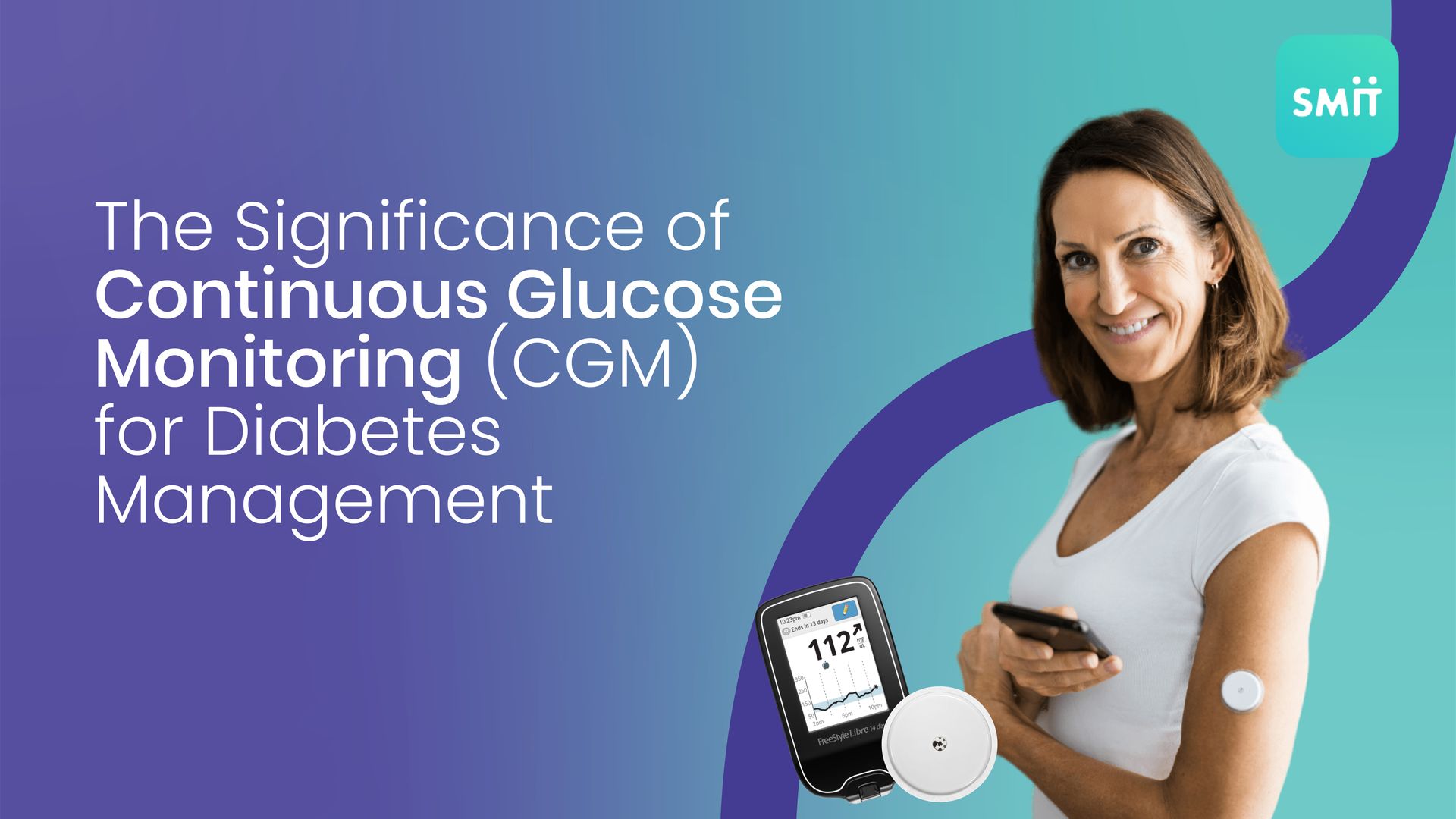Why Continuous Glucose Monitoring (CGM)? Do we really need it?
Diabetes is a silent, chronic progressive disease and has become one of the burning problems globally. India is the Diabetes capital of the world having more than 77 million diabetics, also 1 in 2 adults with diabetes are undiagnosed so only the tip of the iceberg is visible. The prevalence is also occurring at a younger age group nowadays which is quite worrisome. If continuous glucose monitoring isn’t conducted in time and or not managed properly, it can lead to serious micro and macrovascular complications increasing both morbidity and mortality.
Hence, Continuous Glucose Monitoring is vital to prevent damage to vital organs.
How can one monitor their blood sugars?
In our quest to optimise a patient’s glycemic control, there is a trade-off between normalising the blood glucose levels and hypoglycemia. Glucose monitoring & readings obtained by the sugar testing machine are at best, single “snapshots’’, providing readings at selected times over a 24-hour period. Ideal case scenario patient needs glucose monitoring 8-10 times a day as per recommendations but is it practically possible? No. Laboratory tests like fasting and postprandial blood sugars, HbA1C are still the gold standard for continuous glucose monitoring but each comes with its drawback. There may be patient bias to choose to test predominantly at times of low and a high blood glucose level, and when preparing for review appointments. These readings can be easily managed or manipulated by patients. In the case of HbA1c, though it is considered as the most confirmatory test, fluctuating sugars can often be missed in this as HbA1C reading can show as a good control but actually, it is a false picture.
There is a huge hidden data which is often missed in this traditional testing.
What is Continuous Glucose Monitoring CGM?
Continuous glucose monitoring is a modern technique for glucose monitoring. It enables tracking of blood sugar levels on a continuous basis over a 24-hour period. This would enhance our awareness of excursions in glucose readings, particularly at night time when hypoglycaemia may go unnoticed. It is designed for continuous and automatic glucose monitor values in subcutaneous tissue fluid within a range of 40-350 mg/dl. A sugar testing machine i.e. a reader scans the data from the sensor which can be transferred to a personal computer for analysis.
A sensor is a small coin size device which is installed on the arm, its small filament goes in the interstitial fluid and detects readings. The sugar checking machine is pain free, water resistant and patients can continue with daily activity.
There are various Continuous Glucose Monitoring (CGM) sugar testing machines available which can prove different scope of information.
What are the indications for CGM use?
1.Type I diabetes
2. Gestational diabetes
3.Uncontrolled type 2 diabetes
4.Fluctuating blood sugars
5. Patients who are non-compliant to diet, exercise etc
6. Anyone who wants to see blood sugar response to food/exercise/stress etc.
What insights one gets from Continuous Glucose Monitoring CGM?
Since the CGM device (sugar testing machine) helps in glucose monitoring in real time, it can be correlated with food, exercise, stress, medication etc. A customised plan can be given to the patient which helps better blood sugar control than a generic guideline. It helps the healthcare team understand hypoglycemia events especially at nights, which often go unrecognised. Newer devices also give alarms to the patients in case of too high or too low sugars, it predicts the sugar readings in the next couple of hours. Certain continuous glucose monitoring (CGMs) can also be integrated with an insulin pump, which allows the monitor to automatically adjust or pause insulin delivery in response to any significant changes in glucose.
By contrast,glucometer produces approximately four to seven measurements daily and requires a large commitment from patients to carry out the measurements themselves. Besides often being painful, the procedure is also costly; needles, testing strips, and control solutions must be purchased monthly, in addition to the cost of the continuous glucose monitor (sugar testing machine) itself.



0 Comments